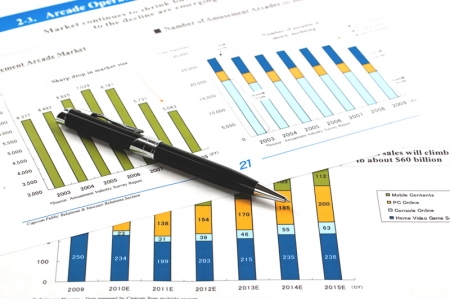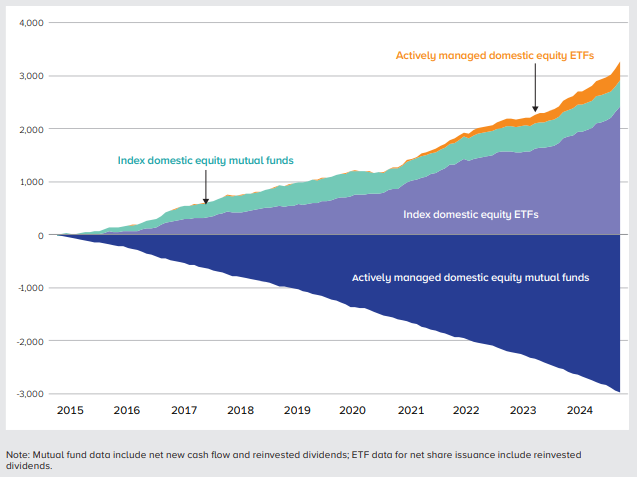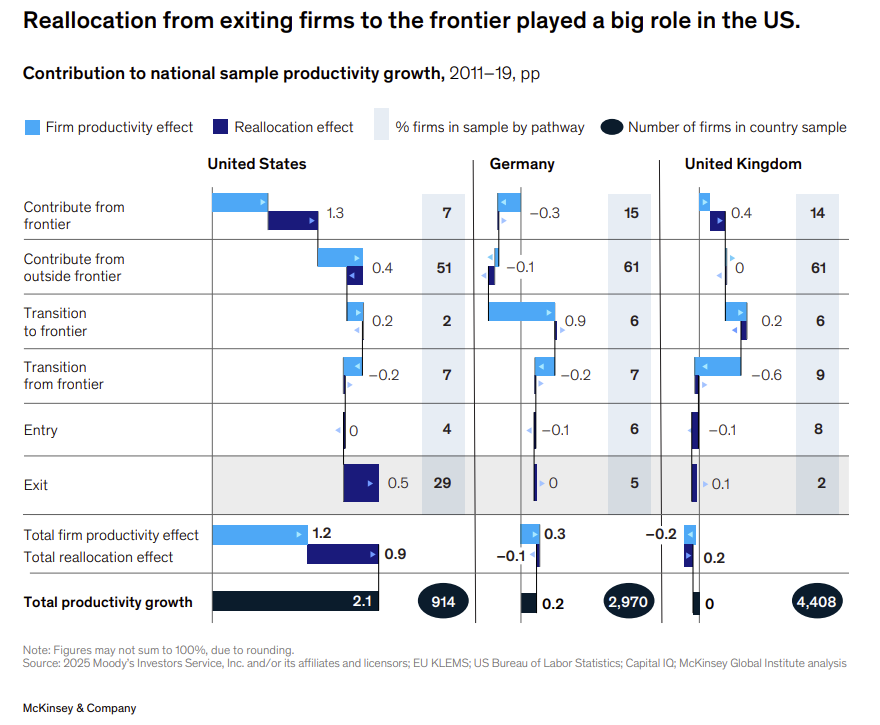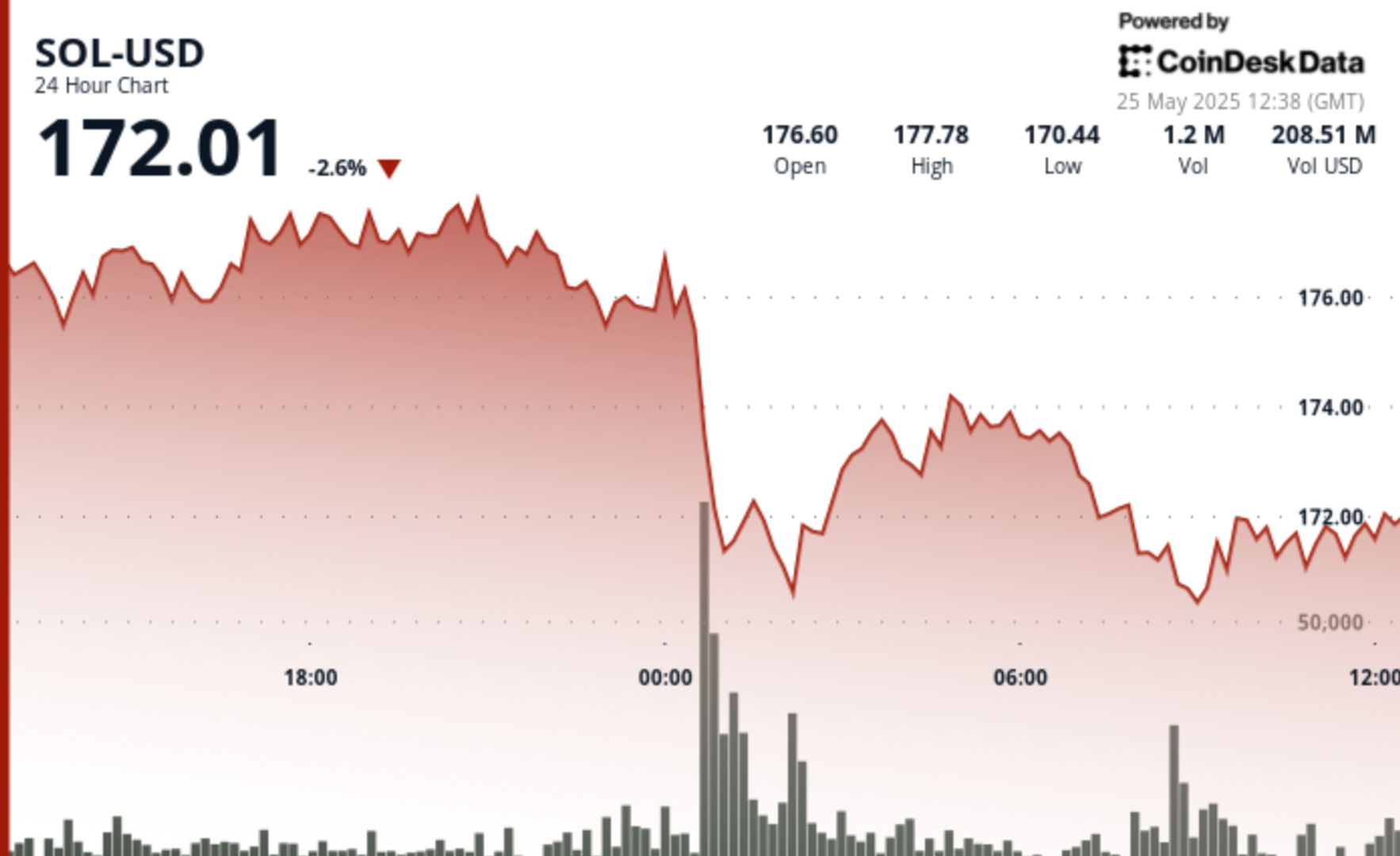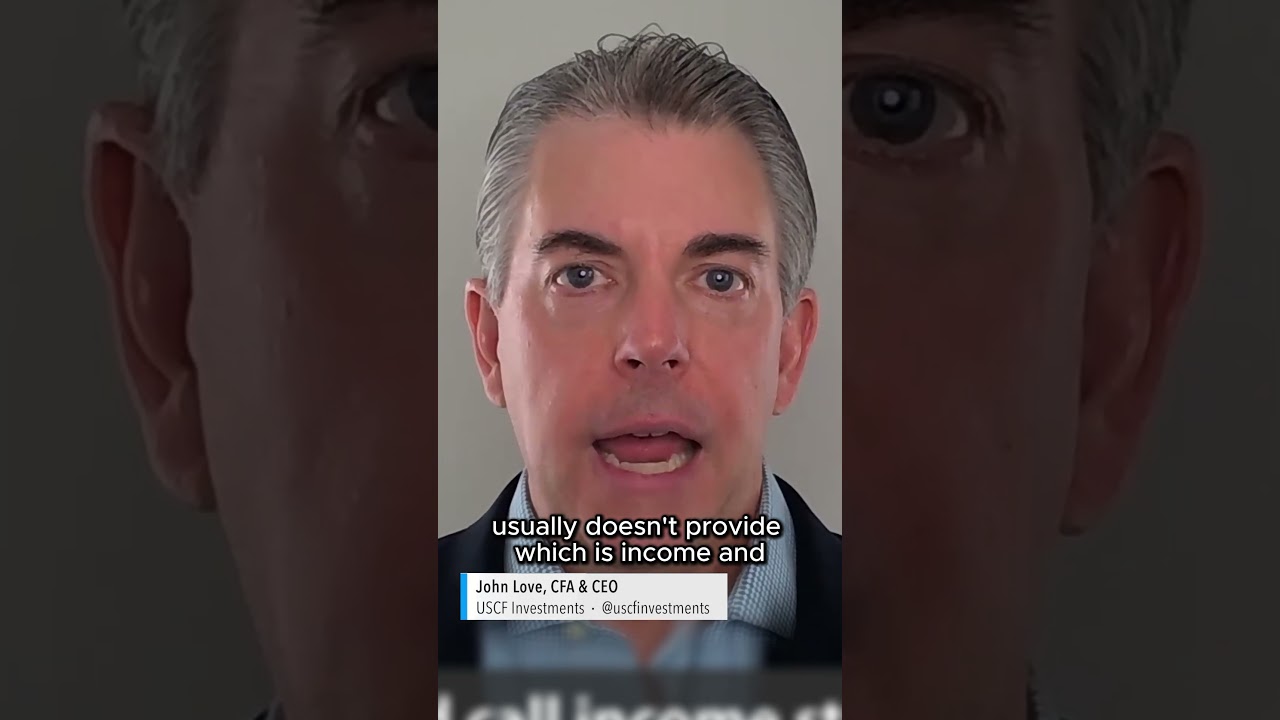Quitting a $145K Job at 61—How Much Can I Safely Withdraw?
Retiring at 61 after earning a $145,000 salary is a milestone, but it comes with the daunting question: how much can you safely withdraw from your savings without outliving your money? That’s the situation a recent retiree shared with 24/7 Wall St., seeking advice on sustainable withdrawals. With $1.7 million in a 401(k), $320,000 in […] The post Quitting a $145K Job at 61—How Much Can I Safely Withdraw? appeared first on 24/7 Wall St..

Key Points in This Article:
-
While a 4% withdrawal rate is considered safe, a conservative 3% rate supports expenses and travel while preserving funds.
-
Use cash or CDs for college costs, diversify investments, and delay Roth IRA withdrawals to ensure long-term security and a legacy.
-
Consult a financial advisor to tailor withdrawals, manage taxes, and stress-test the plan against market volatility or unexpected expenses.
-
Are you ahead, or behind on retirement? SmartAsset’s free tool can match you with a financial advisor in minutes to help you answer that today. Each advisor has been carefully vetted, and must act in your best interests. Don’t waste another minute; get started by clicking here.(Sponsor)
Retiring at 61 after earning a $145,000 salary is a milestone, but it comes with the daunting question: how much can you safely withdraw from your savings without outliving your money?
That’s the situation a recent retiree shared with 24/7 Wall St., seeking advice on sustainable withdrawals. With $1.7 million in a 401(k), $320,000 in Roth IRAs, $400,000 in post-tax mutual funds, $850,000 in cash and CDs, and a spouse still earning $150,000 for five more years, this retiree is well-positioned but cautious, especially with $60,000 annual college expenses for their child and a desire to enjoy travel.
Let’s explore how to determine a safe withdrawal rate and ensure financial security.
Understanding the Retiree’s Situation
The retiree, 61, and his 55-year-old wife have a combined $3.47 million in savings, a paid-off home, and no debt other than $240,000 in upcoming college costs. Their household runs on $85,000 to $90,000 annually, excluding discretionary spending like travel.
With the wife contributing $22,500 yearly to her $1.2 million 401(k) (in 2025, the maximum contribution limit are $23,500) and both planning to claim Social Security at 62 (each expecting $32,000 annually), they want to know a safe withdrawal amount and strategies to preserve wealth for their child.
Assessing Financial Strength
With $3.47 million in savings, this couple is in a strong position. The wife’s income and contributions through age 60 add stability, and their liquid assets — $850,000 in cash and CDs — cover college costs ($240,000 over four years) without touching investment accounts.
Their debt-free status, including a paid-off home, further reduces their financial strain. Social Security will provide $32,000 annually for the retiree starting next year, and another $32,000 for his wife beginning in seven years, together covering most of their $85,000 to $90,000 baseline expenses. This foundation allows flexibility to balance discretionary spending with long-term security.
Determining a Safe Withdrawal Rate
The “4% rule” is a common guideline, suggesting retirees can withdraw 4% of their portfolio annually, adjusted for inflation, with a low risk of depleting funds over 30 years. For a $3.47 million portfolio, this translates to $138,800 per year.
However, given market volatility (just look at the recent tariff-related stock market fluctuations) and college expenses, a more conservative 3% rate, or $104,100 annually, is prudent for this cautious couple. This covers their household expenses and leaves room for $15,000 to $20,000 in travel or leisure, especially since Social Security will soon offset most fixed costs.
To confirm this rate, consider their portfolio’s composition. The $850,000 in cash and CDs provides a buffer, while the $1.7 million 401(k) and $400,000 in mutual funds, likely stock-heavy, need protection against market downturns. A 3% withdrawal minimizes reliance on volatile assets, preserving principal during corrections. The $320,000 in Roth IRAs, with tax-free growth, can be tapped later for flexibility, as they have no required minimum distributions (RMDs).
Strategies to Avoid Running Out of Money
- Adjust Withdrawals Dynamically: Start with a 3% withdrawal ($104,100) to cover expenses and modest travel. If markets perform well or expenses drop (such as after college costs end), increase the withdrawals to 3.5% ($121,450). Conversely, reduce to 2.5% ($86,750) during market downturns to protect principal.
- Leverage Liquid Assets: Use cash and CDs to cover college costs ($60,000 per year for four years) to preserve investment accounts for growth. This avoids selling stocks at a loss during market dips.
- Diversify Investments: Rebalance the 401(k) and mutual funds to include bonds or dividend-paying ETFs, reducing volatility. A 60/40 stock-bond mix can stabilize returns while still allowing growth.
- Delay Roth IRA Withdrawals: Since Roth IRAs grow tax-free and have no RMDs, save them for later in retirement or as a legacy for a child, maximizing tax-free growth.
- Plan for Social Security: The retiree’s $32,000 Social Security benefit at 62 covers about a third of their expenses, and when the wife begins receiving her benefits at 62, their need to withdraw from savings will be greatly reduced.
Leaving a Legacy
To leave an inheritance, prioritize preserving the Roth IRA and a portion of the 401(k). By living off Social Security, cash, and conservative withdrawals, the couple can let their investments grow.
For example, at a 5% annual return, the $1.7 million 401(k) could grow to more than $2.1 million in 10 years, even with 3% withdrawals. The Roth IRA, untouched, could double in 15 years at 5%, providing a tax-free bequest for their child.
The Role of a Financial Professional
A financial advisor is critical to tailor this plan. They can model withdrawal scenarios, optimize tax strategies (e.g., managing RMDs or Roth conversions), and adjust asset allocation based on risk tolerance and market conditions.
For instance, they might suggest converting part of the 401(k) to a Roth IRA in low-income years to reduce future taxes. An advisor can also stress-test the plan against healthcare costs or market crashes, ensuring peace of mind.
Key Takeaways
Quitting a $145,000 job at 61 with $3.47 million saved, a working spouse, and Social Security on the horizon positions this couple for a secure retirement. A 3% withdrawal rate supports their lifestyle, including travel, while preserving wealth for their child.
By leveraging liquid assets, diversifying investments, and consulting a financial professional, they can confidently enjoy retirement without fear of running dry. Visit a financial advisor or use tools at ssa.gov to refine your plan and turn your retirement dreams into reality.
The post Quitting a $145K Job at 61—How Much Can I Safely Withdraw? appeared first on 24/7 Wall St..






